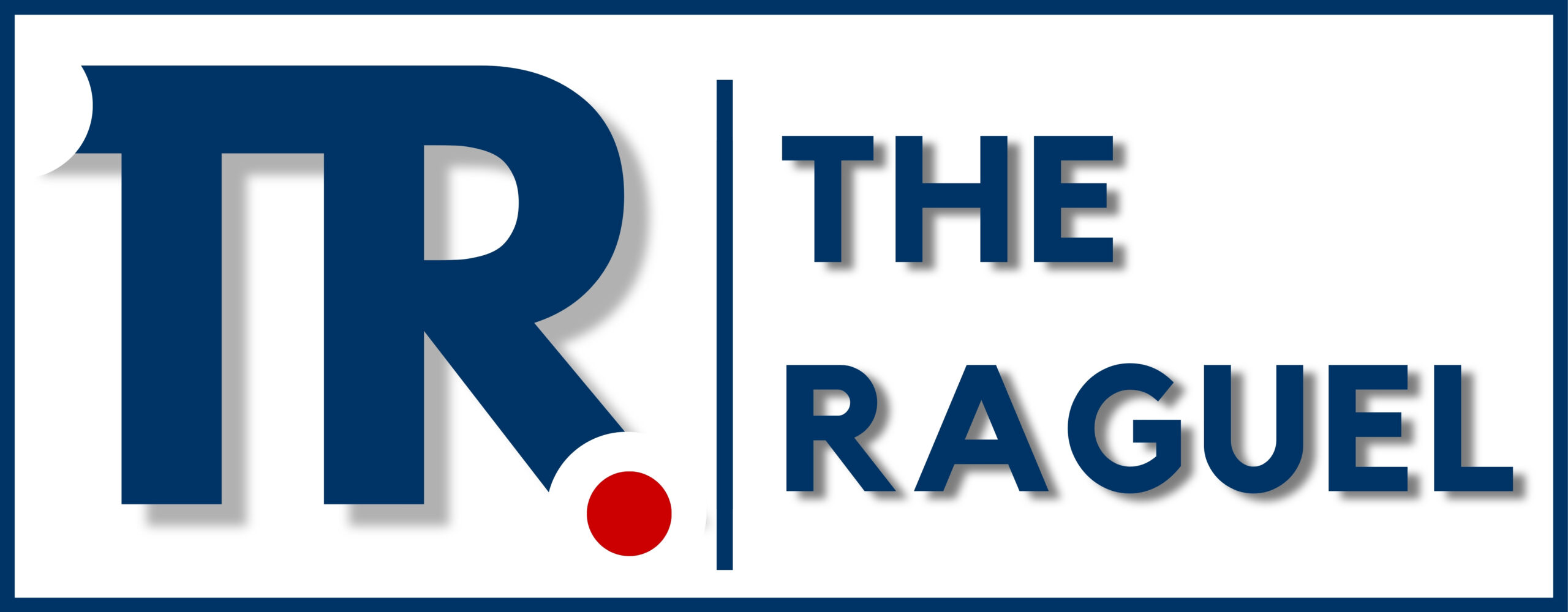India’s road infrastructure has undergone a remarkable transformation in recent years, with toll collection playing a pivotal role in funding this expansion. The Anticipated New Toll Policy promises to revolutionize how tolls are collected and managed, aiming for greater efficiency, transparency, and commuter satisfaction. Spearheaded by Union Minister Nitin Gadkari, this policy builds on the existing framework while introducing innovative approaches like satellite-based tolling. This article delves into the current toll system in India, types of road construction models like BOT, the growth of road construction and toll revenue since 2014, civil complaints, toll collection models, annual income, historical project failures, and global best practices.
How the Toll System Works in India
The toll system in India is designed to recover the capital invested in road construction, maintenance, and operation. Managed primarily by the National Highways Authority of India (NHAI), tolls are collected under the National Highways Fee (Determination of Rates and Collection) Rules, 2008. Here’s how it functions:
- Toll Plazas: Strategically placed on highways, typically every 60 kilometers, though exceptions exist due to land constraints or traffic patterns.
- FASTag System: Introduced in 2016 and made mandatory in 2021, FASTag uses RFID technology for electronic toll collection, reducing wait times from 8 minutes in 2018-19 to 47 seconds today.
- Revenue Allocation: Funds are used for loan repayments, maintenance, and further infrastructure development.
- Exemptions: Certain vehicles (e.g., emergency services, local residents with concessions) are exempt, varying by project and rules.
Currently, India operates an open tolling system, where a fixed fee is charged based on the stretch length, contrasting with closed systems that charge based on distance traveled.
Types of Road Construction Models in India
India employs various models for highway development, with the Build-Operate-Transfer (BOT) model being the most prominent. Below are the key models with examples:
Build-Operate-Transfer (BOT) Model
- Definition: A private entity builds and operates the highway for a concession period (typically 15-30 years), collecting tolls to recover costs before transferring it to the government.
- Example: The Mumbai-Pune Expressway, operated by Ideal Road Builders (IRB), showcases a successful BOT project, reducing travel time from 9 hours to 2 hours.
- Variants:
- BOT-Toll: The concessionaire collects tolls directly (e.g., Delhi-Gurgaon Expressway).
- BOT-Annuity: The government pays the concessionaire fixed annual payments instead of toll revenue (e.g., sections of NH-8).
Engineering, Procurement, and Construction (EPC) Model
- Definition: The government funds and oversees construction, with private contractors executing the work. Tolls, if applicable, are collected by the state.
- Example: Many rural highway stretches under the Pradhan Mantri Gram Sadak Yojana (PMGSY) use this model.
Hybrid Annuity Model (HAM)
- Definition: A hybrid of BOT and EPC, where the government funds 40% of the project cost during construction, and the concessionaire recovers the rest via tolls or annuities over time.
- Example: The Delhi-Meerut Expressway leverages HAM for balanced risk-sharing.
Toll-Operate-Transfer (TOT) Model
- Definition: Existing highways are leased to private entities for a fixed period to operate and collect tolls, with revenue shared with the government.
- Example: The Hyderabad-Nagpur corridor (NH-44) was awarded under TOT in 2024 for ₹6,661 crore over 20 years.
Road Construction and Toll Revenue Growth After 2014
Since 2014, under the leadership of Nitin Gadkari, India’s road network and toll revenue have seen unprecedented growth:
- Road Network Expansion: National Highways grew from 91,287 km in 2014 to 146,195 km by 2023, a 60% increase.
- Construction Pace: From 12 km/day in 2014, highway construction peaked at 37 km/day in 2020-21.
- Toll Revenue Surge:
- FY 2014-15: ₹24,396 crore
- FY 2023-24: ₹64,809.86 crore (35% increase from ₹48,028 crore in FY 2022-23)
- Key Drivers: Introduction of FASTag, increased tolled road length (from 25,996 km in FY19 to 45,428 km by 2023), and economic growth boosting traffic.
Table 1: Toll Revenue Growth (2014-2024)
| Year | Revenue (₹ Crore) | Tolled Road Length (km) |
|---|---|---|
| 2014-15 | 24,396 | ~24,000 |
| 2019-20 | 27,503 | 29,666 |
| 2023-24 | 64,809.86 | 45,428 |
Nitin Gadkari’s Proposed New Toll Policy
In March 2025, Nitin Gadkari unveiled the New Anticipated National Toll Policy, aiming to modernize toll collection while addressing commuter grievances. Key features include:
- Satellite-Based Tolling: Using GNSS (e.g., India’s GAGAN system), tolls will be charged based on exact distance traveled, eliminating physical toll plazas. Vehicles will require On-Board Units (OBUs) linked to bank accounts.
- Annual and Lifetime Passes: Commuters can opt for yearly or lifetime toll passes for predictable costs.
- Reasonable Concessions: Discounts for frequent users and local residents to reduce financial burdens.
- Barrier-Free System: Pilot projects are underway, with full implementation targeted within a year, promising time and fuel savings.
Gadkari emphasized, “We are ending toll booths and introducing a satellite-based system to save time and money,” citing the Mumbai-Pune travel time reduction as a benchmark.
Nitin Gadkari’s Statement in Parliament (March 2025)
On March 19, 2025, Nitin Gadkari addressed the Rajya Sabha, announcing the imminent rollout of the new toll policy before April 1, 2025. He said, “After completing this session, we are going to declare a new policy for the toll, where the problem will be resolved, and we will give reasonable concessions to the consumer, and there will be no debate, particularly about the toll.”
He defended the necessity of tolls, stating, “It is the policy of the department that when you want a good road, you have to pay for it,” while highlighting investments like ₹3 lakh crore for Assam’s highways. Gadkari also assured stricter enforcement of the 60-km rule for toll plazas and penalties (30-50 times the excess fee) for agencies overcharging users, reinforcing accountability.
Civilian Complaints Against Toll Collection
Despite its benefits, toll collection faces significant public backlash:
- High Toll Rates: Commuters argue rates are disproportionate to road quality (e.g., potholes on NH-44).
- Frequent Toll Plazas: Plazas within 60 km violate norms, increasing costs (e.g., Delhi-Gurgaon Expressway).
- Lack of Transparency: Uncertainty over revenue use fuels discontent.
- Poor Service: Long queues (pre-FASTag) and substandard facilities at plazas spark protests.
Social media complaints have prompted the Ministry to penalize errant contractors, reflecting responsiveness to public sentiment.
Toll Collection Models in India
- Private Toll Collection
- Private concessionaires collect tolls under BOT or TOT models, retaining revenue during the concession period.
- Example: IRB on Mumbai-Pune Expressway.
- Government Toll Collection
- Public-funded projects see tolls collected by NHAI or contractors via competitive bidding.
- Example: NH-1 sections in Punjab.
- Hybrid Toll Collection
- Combines government funding (e.g., HAM’s 40%) with private toll collection or annuities.
- Example: Delhi-Meerut Expressway.
Annual Income from Toll Collection for the Government
Toll revenue has become a vital income source:
- FY 2023-24: ₹64,809.86 crore, with projections of ₹70,000 crore in FY 2024-25 and ₹1,30,000 crore by 2029-30.
- Sources: 855 toll plazas (675 public-funded, 180 concessionaire-operated).
- Daily Average: ₹147.31 crore via FASTag in 2023-24.
Toll Project Failures in India’s History
Not all toll projects succeed:
- Delhi-Gurgaon Expressway: Overestimated traffic and revenue led to disputes, with the concessionaire recouping costs faster than anticipated, raising transparency concerns.
- NH-47 (Kerala): Poor planning and low traffic volumes resulted in financial losses for the concessionaire.
- Bandra-Worli Sea Link: High tolls deterred usage, impacting revenue projections.
World’s Best Toll Examples
India can learn from global leaders:
- E-ZPass (USA): An interoperable electronic toll system across 19 states, reducing congestion with seamless payments.
- Autostrade (Italy): Efficient closed-loop tolling based on distance, supported by advanced tech.
- Singapore’s ERP: Dynamic pricing adjusts tolls based on traffic, optimizing flow.
External Links:
Conclusion
The New Anticipated National Toll Policy promises a futuristic, commuter-friendly toll system, leveraging satellite technology and flexible payment options. While India’s toll revenue and road network have soared since 2014, addressing civilian complaints and learning from past failures will be key to its success. By emulating global best practices, India can solidify its position as a leader in road infrastructure.
FAQs on the New Anticipated National Toll Policy
- What is the New Anticipated National Toll Policy?
It’s a proposed system by Nitin Gadkari introducing satellite-based tolling and annual passes for highways. - How does satellite-based tolling work?
Vehicles with OBUs are tracked via GNSS, and tolls are deducted based on distance traveled. - What is the BOT model in road construction?
A private entity builds and operates a highway, collecting tolls before transferring it to the government (e.g., Mumbai-Pune Expressway). - How has toll revenue increased since 2014?
It rose from ₹24,396 crore in FY 2014-15 to ₹64,809.86 crore in FY 2023-24 due to expanded networks and FASTag. - What are common complaints against toll collection?
High rates, frequent plazas, and poor road quality top the list. - What is FASTag, and how does it help?
An RFID-based system for electronic toll payment, reducing plaza wait times significantly. - What is the Hybrid Annuity Model (HAM)?
A mix of government funding (40%) and private toll collection, as seen in the Delhi-Meerut Expressway. - How much does the government earn from tolls annually?
In FY 2023-24, it was ₹64,809.86 crore, with a target of ₹70,000 crore for FY 2024-25. - What are some toll project failures in India?
Delhi-Gurgaon Expressway and NH-47 in Kerala faced revenue and planning issues. - Which countries have the best toll systems?
The USA (E-ZPass), Italy (Autostrade), and Singapore (ERP) are global benchmarks.
Subscribe to “The Raguel” for more updates and news.




































